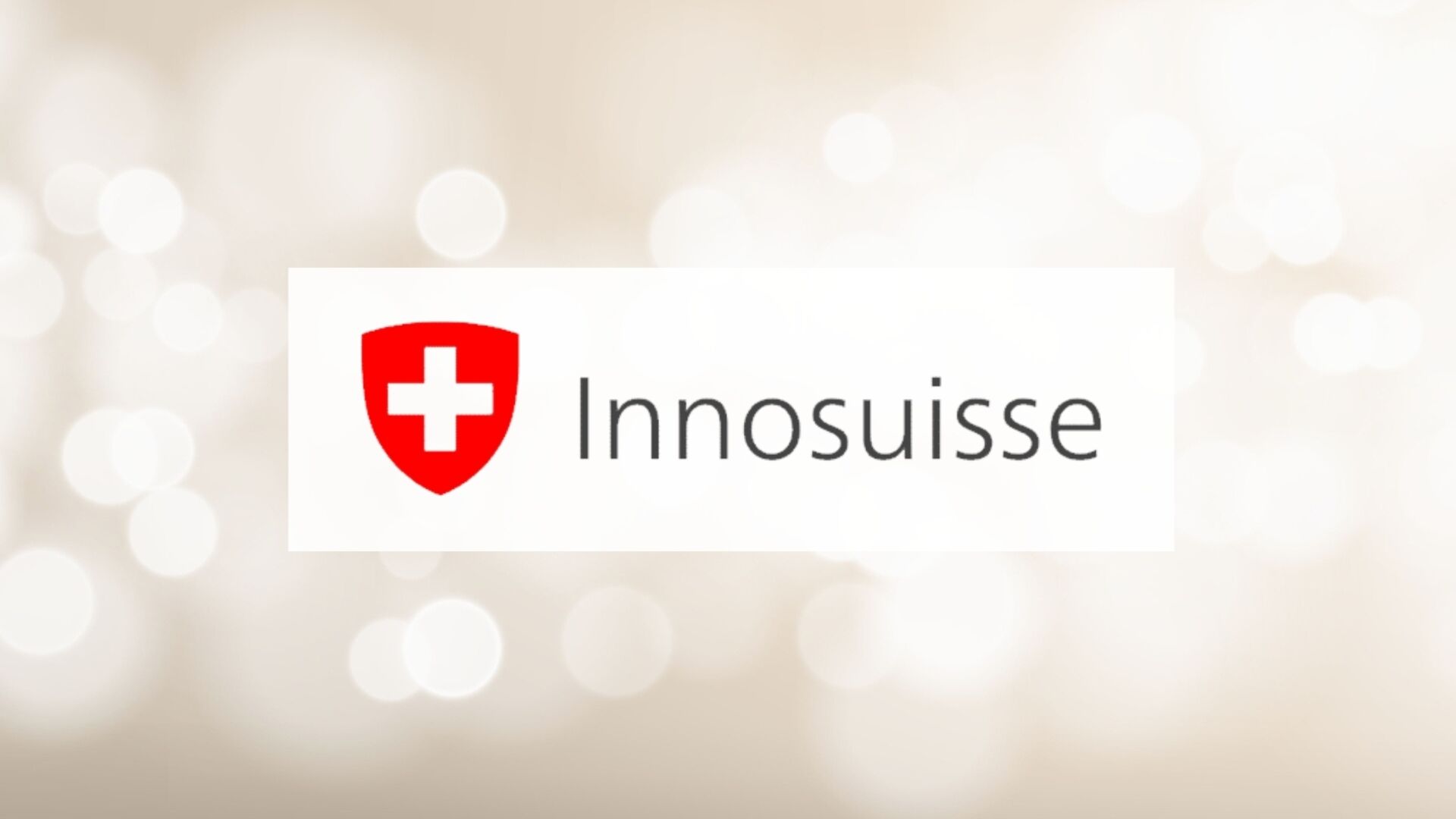Lead Nurturing and user profiling: that is the subtle difference between doing email marketing and breaking my balls
Lead Nurturing and user profiling:
that is the subtle difference between doing email marketing and breaking my balls
There is an ancient Eastern proverb that goes like this:
"The teacher teaches when the student is ready”. And if you think about it, it really is. You can talk, tell, encourage and explain but if your interlocutor is not in "reception mode" and above all ready to act, your commitment will be in vain.
The exact same thing happens with your lead: you won't be able to sell him your product or service when you want it, but only when he decides to buy it.
So what do we do when dealing with a lead who isn't ready to buy? With lead nurturing.
In this article we will talk about lead nurturing, or how to feed (therefore educate) your lead that you have managed to reach, which is probably in a "cold" position (therefore a little far from the purchase decision) and must be " warmed up".
Leaving aside the "hooking" and "conversion" phase, let's focus well on lead nurturing and see the steps to take to raise the temperature and make him "super hot"!
SEO maintenance for published content: where do you start?
What is lead nurturing?
As already mentioned above, the lead can be of three types: hot, therefore ready to buy; tepid, therefore potentially ready to buy but not fully convinced yet; cold, not at all ready to buy.
The worst thing, the one that should never be done, the "Vade retro Satana" to be clear, is when the strategy of continuous hammering is adopted, especially to people who are not yet ready to buy (the cold ones). Combining the combination of immature contacts with the over push system, in addition to obtaining the opposite effect, i.e. not educating, mathematically the loss of the relationship with the lead is obtained. This is exactly what you should not do and is the opposite of the lead nurturing principle.
In a nutshell, lead nurturing is the set of processes that make it possible to keep in touch with the acquired lead, conveying valuable content and offers, with the aim of increasing and reinforcing one's own credibility, that of the company, of the product or service, waiting for the lead to be ready to buy.
By first creating a scale of value for your offers, if on the one hand lead nurturing serves to keep the relationship with the lead or customer "warm", on the other it educates, trains, informs and pilots the lead in a certain direction, proposing offers gradually, more and more valuable and more profitable over time.
Kind communication: is it allowed? May I disturb?
Why include a lead nurturing strategy in your web marketing plan?
At the basis of the lead nurturing principle there is the need to build a solid and consolidated relationship over time with the contact, not just the incentive for a one-off purchase.
In this regard, it is taken for granted that we need to know the needs and requirements of users who interpret precise behaviours, specific priorities, creating the basis for establishing a relationship of mutual trust.
A fundamental thing is to understand that today the consumer needs to be master of the decision-making processes, for this reason he only needs information and not forced purchases.
The real added value of the brand must be transmitted to the consumer, through knowledge, sharing and everything that contributes to preparing an educational and training relationship aimed at user satisfaction. The user and his needs are therefore always at the center of everything.
But is it really necessary to implement the lead nurturing activity in a web marketing plan?
Apparently yes. According to recent reports on the subject, lead nurturing actions lead to more than 20% increases in sales opportunities and a properly educated lead buys more than 47% compared to a "hit and run" lead.
How and where to find ideas for writing in marketing
How exactly does a lead nurturing process take place?
The lead nurturing process includes an email cycle useful for welcoming contacts and introducing them to the training path. A very simple example could be scheduling about 7 emails on a weekly basis, proposing solutions to a specific problem. The number "7" is by no means accidental. Several researches show it is the appropriate number to create engagement with the customer. At the end of the cycle of 7 emails, send one offering the product or service. Depending on the reactions of the users, the same cycle will continue, rather than changing the system. This critical issue will be addressed later in the article.
To implement an effective lead nurturing strategy it is necessary to:
- determining the buyer personas: knowing your lead, what is their role? what does he do? what are its goals? what are his fears? what is the buying process? what could be the obstacles in the buying process? Are you familiar with the product or service? if yes, to what extent? and so on …
- create educational content: send content that, indicatively remaining on the central focus, educates the lead without disturbing him, giving him value, training and informing him, leveraging the benefits, strategically sending him proposals and offers, thus advancing on the scale of values.
- marketing automation software: which allows you to automate mailings and manage the various actions and passive and inactive contacts (subsequent segmentation will be dealt with later).
Beyond Marketing Writing: From SEO to Social Media
How to develop a lead nurturing strategy?
There are usually 3 types of strategies that are adopted in developing a lead nurturing campaign:
- hook and bait;
- land him and hit him;
- side game.
The hook and the bait
Hook and bait is usually the most used strategy in lead nurturing.
After the opt-in phase and the welcome email, it consists in sending a series of content, informative, valuable emails, without directly selling the product or service, alternating offers to sell the product or service. Basically it works like this: emails are sent to increase the user's intention and bring it closer and closer to the purchase phase, resolving any doubts, increasing brand credibility, thus preparing the lead to convert. After that… Boom! Unmissable offer, playing and using all the persuasive systems that are in circulation (scarcity, reciprocity, social proof, etc.).
Knock him down and hit him (…and hard too!)
This type of approach is very invasive, but not always necessarily wrong. Do you know Kenshiro with the 100 hits technique from Okuto's school? Here, that.
This system goes beyond the true culture of lead nurturing and is mainly used in sectors where the sense of scaricity plays a decisive role, sending users truly unmissable offers, where savings sometimes fluctuate even on 50% - 75% of the normal price of a product or series of products. In this case, therefore, there is no real educational editorial plan behind it, but a bombardment of offers after offers. A real constant hammering. The first that honestly come to mind that use these systems are circuits such as Groupon and Groupalia.
The side game.
The bank game is what I prefer most of the time and I alternate or combine it with the first type (the hook and the bait).
This solution hardly “throws the bait” but only “I love it”. It alternates between educational, informative, training contents, blog post previews, blog post previews (which in turn talk about or promote a product or service), the preview of a post on the social page, a post on the social page that talk or they promote a product or service, a case history, and so on… Always keeping the focus, they never talk about the product or service, but they go around it. In this way they always keep the relationship with the lead warm and attention always high, without ever getting bored, never impatient, without ever exceeding the limits, thus respecting the doubts and needs of the lead to be educated, thus speaking indirectly about the product or the service, playing precisely on the side.
Why is it so important to segment your leads?
Each type of target needs a different communication. This obviously also concerns lead nurturing where it is necessary that the lead is often identified even before subscribing, so that he can receive the most specific newsletters possible.
The objective must always remain to talk to the user, with the characteristics of a communication described above, but always with an eye on KPIs (performance indicators) such as:
- the delivery rate, i.e. how many emails reach their destination
- the open rate, i.e. how many emails are opened
- the click rate, i.e. how many emails lead to conversion.
The future of social media between opportunities and dangers…
How to segment your lead FIRST
Let's start with a very simple example: look at how Zalando behaves.
Profiling is done a priori, because a user, entering his email, will have to click if he wants to receive communications for men, rather than for women. It is normal, in this way nothing will be mixed and each time an email is sent, with offers or other, it will be specific to the male or female target. This will involve:
- to an increase in the opening of emails (open rate);
- increase in the possibility of conversion for a specific communication (click rate).
You can do the exact same thing in all other sectors, for example by inserting a list of choices which, for example, through check boxes, the user will select the preference and you can send him targeted communications.
Various and captivating considerations on digital marketing
How to segment AFTER your lead
User profiling can also take place afterwards, based on his behavior towards the emails he receives or does not receive.
Segmentation based on engagement
Let's analyze typical cases of user behavior in the process of an email marketing campaign.
-
-
- Open the mail, click on the link and convert 🙂
This is the perfect case of our lead nurturing strategy because the user received the email, was attracted by the subject, opened the email, clicked on the link, landed on the landing page and he converted. At this point you have to behave like the boxer when he starts to notice signs of giving up on the opponent's part. We are dealing with a "very hot" lead as a result, he is in "purchase mode", he trusts him, he is interested in the topic, he probably likes how you communicate, he therefore has all the requirements that the perfect lead must have, you can sink again another series of blows acting as cross-selling, trying to sell him some other product or send him another email to make him fill in a survey, for example, to propose him to spread the word, where they would both benefit from a discount for another product or the renewing a service, requesting feedback perhaps with an incentive. This is for a concept of "commitment and consistency". - Opens the email, clicks the link but doesn't convert 😐
In this situation, the problem is probably in the landing page, or, more simply, it's not the right time for him to convert (I was talking about it at the beginning, remember?). The solutions you could adopt are:
- Open the mail, click on the link and convert 🙂
-
- send him a specific "cart abandonment" email trying to understand what are the reasons that did not transform the lead into a customer;
- you can provide him with an incentive to convert, for example based on the principle of scarcity, therefore with an offer limited to a few days or hours;
- intercept the user with remarketing activities through Facebook and Google Adwords
3) Opens the email, but doesn't click and doesn't convert 🙁
The problem in this case could be the text or the call to action. I would send the email with the text of the link written in a different way, changing, where present, the graphic aspect, replacing a text link with a banner or vice versa.
4) He doesn't open the email :'(
In this case, either the email ended up in spam or the subject and/or the sender of the email were too little persuasive and didn't stimulate opening. In this case you could resend the same email because it may have escaped, or change the subject, writing it in a different way, possibly more persuasive.
5) The user unsubscribes :'(((
This is the apocalypse! If our lead decides to leave us, we can't do anything about it, except try the last shot, asking the reason for the cancellation on the unsubscribe page, following the concept of "withdrawing after refusal".
From Velvet Media and Anothereality the… Metaverse for SMEs
Segmentation based on score (lead scoring)
Every self-respecting ESP (Email Service Provider, it's the program you need to automate emails) has a very important indicator that assigns a score to leads, in reference to their behavior towards the emails you send them. Based on this, it is understandable that, having this indicator, you can act accordingly, understanding "the temperature of your lead" and sending him specific communications.
SEO first aid: 5 mistakes not to be made to index yourself
Segmentation based on interests
If you don't profile first, like the example I described above in the case of Zalando, you can also do it later, for example by inserting in the thank you page or in the first welcome email that the software sends, the choice of categories to which the lead could be more interested. This is a very important step because you take advantage of the user's enthusiasm of the moment, respect the principle of commitment and consistency and you will send emails that are very targeted to the interests of your lead.
In more specific cases or if you have a CRM available, for example, you can use the "tagging" system, where the lead, as it receives the emails, is automatically tagged, increasingly refining your communications.
Is communication dead? W the communication
Conclusions
Email marketing today is one of the most powerful tools for customer loyalty. Transforming a lead into a customer is not easy at all and we understand this from the amount of newsletters that are sent almost daily, without, however, really serious work of user profiling behind it.
Anyone who says email marketing is useless, doesn't work, or is dead doesn't know the power of this marketing system.
Email marketing is often misinterpreted, i.e. DEMs are simply sent (therefore emails where products and offers are listed graphically) which, if you think about it, not only go beyond the true concept of email marketing, but completely go beyond the principle of inbound marketing, following the somewhat televised line, that is, of bombardment and interruption.
For example, I also think it is wrong when companies ask their customers how many emails they would like to receive. Thumbs down! It's normal for people to say "as little as possible", but that's because people don't want to be disturbed and are very, very lazy. But with email marketing you don't bother. Only disturb if done wrong, if you don't respect the concepts expressed in this article. It's you who has to guide the user in a certain direction, because you know when it's time to strike rather than the time to "go around" and play sideways.
As you can see, I haven't talked about software, platforms or anything else. You look for that, on Google, since the net is full of them and most of the articles on the net do not talk about anything else. They start from the instrument, which in my view is completely wrong. It is always the target and above all the strategy that determines the tools, because you can also have a Ferrari under your ass, but without a license where do you think you can go?
You may also be interested in:
Four countries, one gigantic ocean: the CMAR case
It is the marine corridor of the eastern tropical Pacific: Panama, Ecuador, Colombia and Costa Rica allied for the protection of seas and marine species...
Lausanne, on the trail of pollution: the story of an incinerator
A team of scientists has reconstructed the events of the Vallon waste-to-energy plant and the invisible contamination that shocked the Canton of Vaud
How the environment determines the characteristics of the cheese
The tasting highlights how, with unchanged production rules, climate and fodder crops influence different organoleptic notes
Innosuisse has achieved its 2023 innovation goals in Switzerland
A record amount of over 490 million francs has been allocated to compensate for the lack of association with the EU's well-known Horizon Europe program
by Editorial staff Innovando.NewsEditorial staff of Innovando.News




